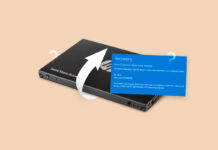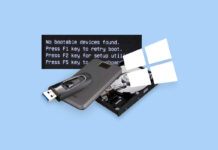
Has your hard drive or some other storage device suddenly become unreadable and marked as RAW? This common problem has many potential causes (bad sectors, virus attack, formatting error, etc.), but it also has many possible solutions. In this article, we describe free and paid methods that you can use to recover data from a RAW drive, and we even help you decide which method is right for you.
Go to data recovery ⤵
Table of Contents
What is a RAW Drive?
You can think of your hard drive as a file cabinet with multiple drawers, each full of document binders. When you store a file on your hard drive, it automatically goes inside an appropriate binder. This ensures that all files have their place and can be easily retrieved.
The specific system for controlling how data is stored and retrieved is called a file system. Examples of commonly used file systems include NTFS, FAT, exFAT, AFPS, and ext4, just to give some examples. Without a file system, your hard drive would be just like a file cabinet without drawers and document binders: all files would be placed on one huge pile, and it would be extremely difficult to tell where a specific file is located.

When a hard drive becomes RAW, it’s as if someone took out every single binder from a file cabinet and dumped all documents on a pile. That’s bad news because it means that you can access your data anymore. Fortunately, it’s entirely possible to recover files from a RAW drive—you just need to know how to maximize your chance of successful recovery.
Is It Possible to Perform RAW Drive Recovery Without Data Loss?
Yes, it’s possible to perform RAW data recovery without any data loss, but you need to keep in mind that certain actions can make RAW hard drive unrecoverable. Here are a few RAW drive recovery dos and don’ts to follow:
| Tip | Description |
| 🧹 Don’t format your hard drive | Formatting a RAW hard drive doesn’t solve anything. Instead, it makes RAW file recovery more difficult because it destroys the original file system. |
| ✒️ Don’t write new data to the RAW hard drive | Any attempt to write new data to a hard drive that doesn’t have a working file system is guaranteed to be unsuccessful, and it may even result in a permanent loss of important files. |
| 💻 Don’t use random RAW drive recovery software | There are many capable software applications that you can use to effortlessly recover files from a RAW drive, but there are also shady applications that are guarantee to do more harm than good. |
| ⌛ Do start RAW disk recovery as soon as possible | The sooner you begin the recovery process, the more likely you are to get your files back. |
| 📜 Do follow our instructions | If you’ve never recovered a RAW drive before, you don’t want to experiment with solutions that may or may not work. By following the instructions in the next chapter of this article, you are guaranteed to successfully recover as many files from a RAW hard drive as possible. |
How to Recover Data from a RAW Drive?
The methods you can use to recover a RAW file system can be roughly divided into two categories: free and paid. Let’s take a closer look at the methods so that you have multiple options to choose from.
Method 1:Disk Drill
Disk Drill is a freemium data recovery application that can recover RAW files with a few clicks. While there are some free RAW data recovery software solutions that offer similar functionality, they lag behind when it comes to usability and performance.
With Disk Drill, you can restore all kinds of files from a RAW partition, including documents, images, video, audio, file archives, and more. The basic version of Disk Drill can preview and recover up to 500Mb of recoverable files.
This is how to recover data from a RAW drive with Disk Drill:
- Download and launch Disk Drill for Windows.

- Select the RAW storage device and click Search for lost data.
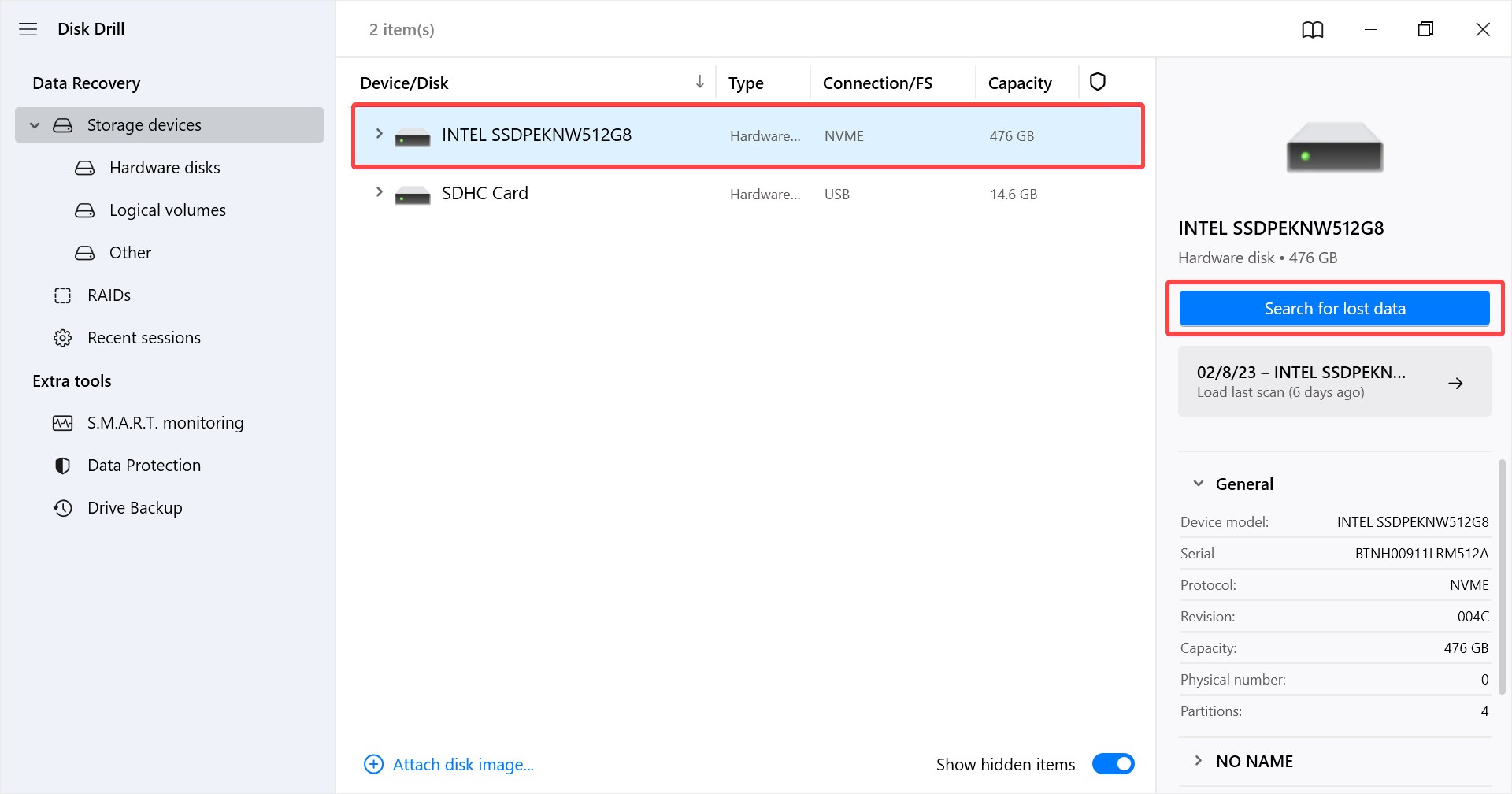
- Use the file format filters on the left to narrow down the scan results until you find the file you’re looking for.
- Click the checkbox next to the file and click the blue Recover button at the bottom.
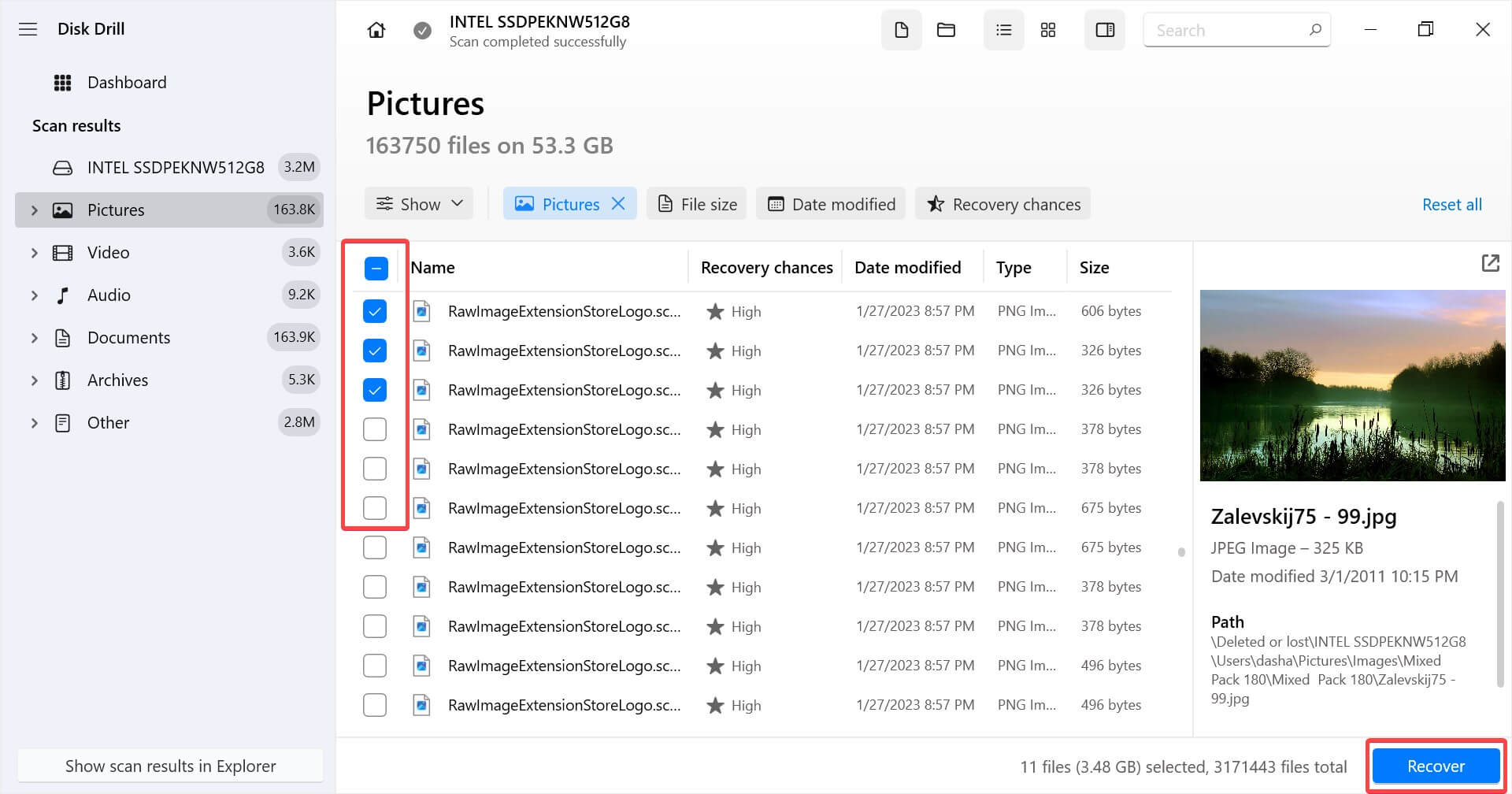
- Specify the recovery folder and click Next.

As you can see, RAW partition recovery with Disk Drill is so straightforward that even complete beginners can perform it with confidence.
Method 2:PhotoRec
PhotoRec is an open-source alternative to Disk Drill that doesn’t offer nearly the same level of user-friendliness, but it can recover an unlimited amount of data for free. The application is designed to be controlled from the command line, but there’s also a graphical user interface, called QPhotoRec, which works just fine for the purposes of RAW partition data recovery.
Unfortunately, QPhotoRec has some limitations compared to Disk Drill. Unlike Disk Drill, which allows for real-time preview of recovery results and file selection, QPhotoRec lacks these features. This means you can’t selectively choose which files you want to recover or see the recovery progress in real time. As a result, you’ll need to have ample free storage space on the destination drive to accommodate all the recovered files. Additionally, the process may require a considerable amount of patience as you’ll only know the outcome after the recovery is complete.
Nonetheless, if you’re comfortable with its constraints and are looking for a cost-free solution, PhotoRec and its graphical counterpart, QPhotoRec, are solid options, and this is how it works:
- Download PhotoRec and extract the ZIP file. Inside the folder, you’ll find qphotorec_win.exe for Windows. Double-click the file to launch the application.
- Select the partition you want to recover, specify which file system the partition used before it became RAW, and select a destination to save the recovered files to.
- Click the Search button to start the data recovery process.
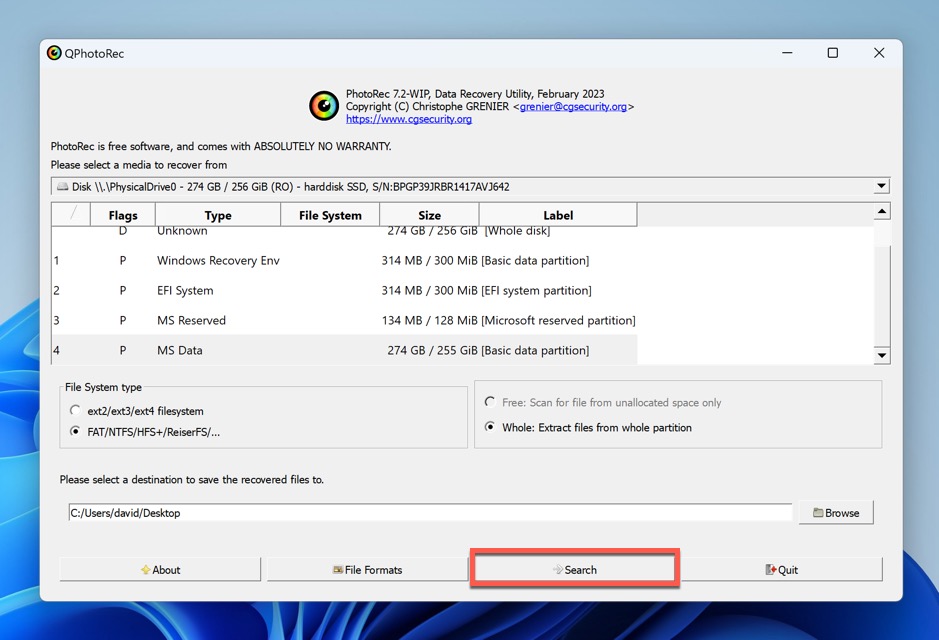
Method 3:Data Recovery Service
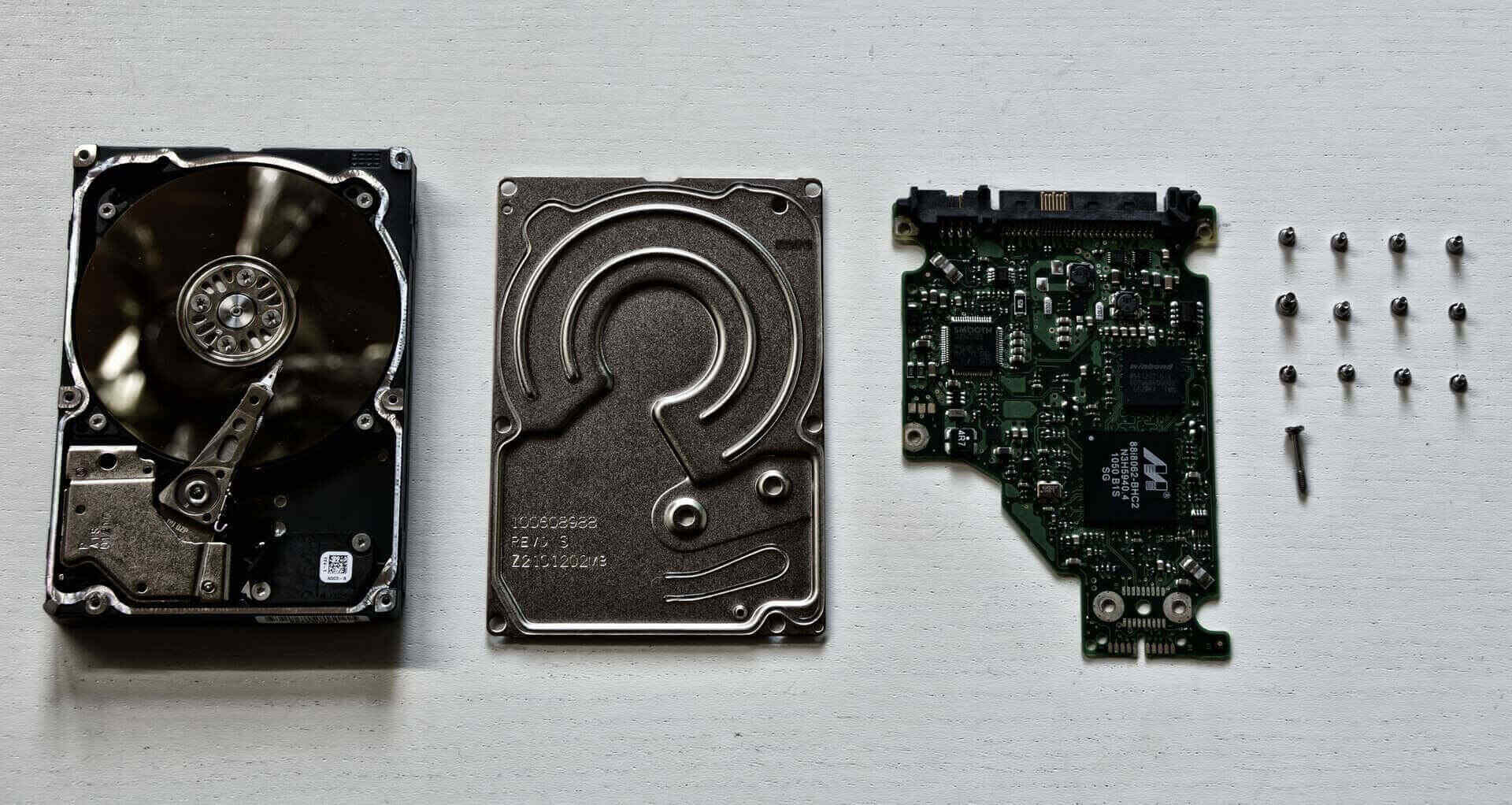
If the files on the RAW hard drive mean a lot to you, then you should consider paying professionals to recover them for you. That way, you won’t risk making a beginner mistake and making it impossible to get your files back.
Most data recovery centers offer a free evaluation, and they charge only for the data they actually manage to recover, so you don’t need to worry about having to pay hundreds of dollars for nothing. To get started, you simply need to pack your RAW hard drive and ship it to a data recovery center of your choice.
Which Method Should I Choose?
The answer to this question depends on two things: your budget and how much you value the lost data. Here’s how the two factors influence which method you should choose:
- Budget high, value high = professional data recovery service
- Budget low, value high = paid data recovery software
- Budget low, value low= free methods
Overall, paid data recovery software is the best option for most people since it delivers excellent RAW recovery results without costing much money.
How to Fix RAW Partition
Recovering lost data from a RAW partition is undoubtedly crucial, but it’s just the first step in addressing the issue. The ultimate goal should be to fix the underlying problem that rendered the partition unusable in the first place. Below, you’ll find various methods to fix the RAW partition issue, allowing you to continue using your storage device as intended.
Fix 1:Attempt to Rewrite Partition Table
TestDisk serves as a powerful tool for dealing with RAW partitions, offering a free and open-source solution to recover lost partitions and restore non-booting disks to a bootable state.
Although it doesn’t feature a graphical user interface, its process is straightforward and effective for data recovery tasks on RAW hard drives and other storage devices. Compatible with Windows, macOS, and Linux, TestDisk can be downloaded directly from its official website.
To perform a RAW disk recovery by rewriting the partition table using TestDisk:
- Launch TestDisk.
- Select Create to create a new log file.

- Select the storage device with the deleted partition.
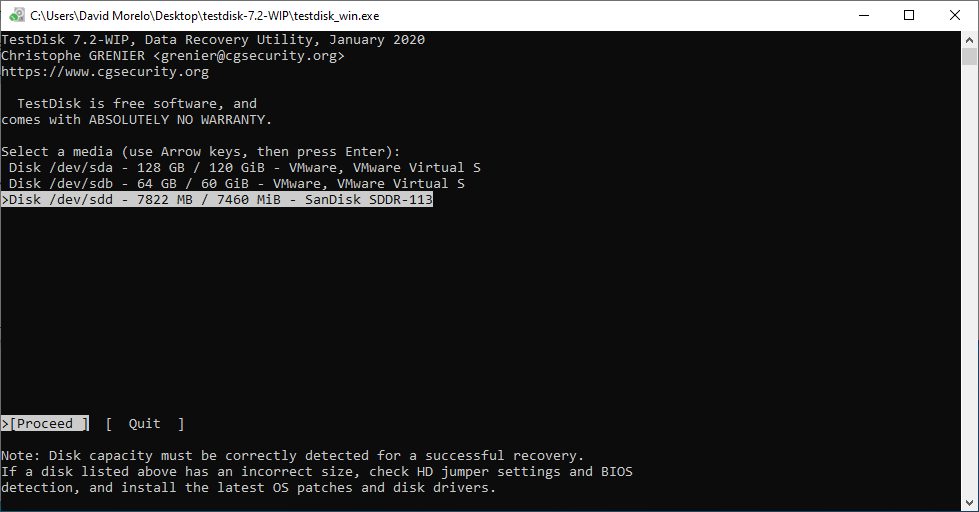
- Select the partition table type.
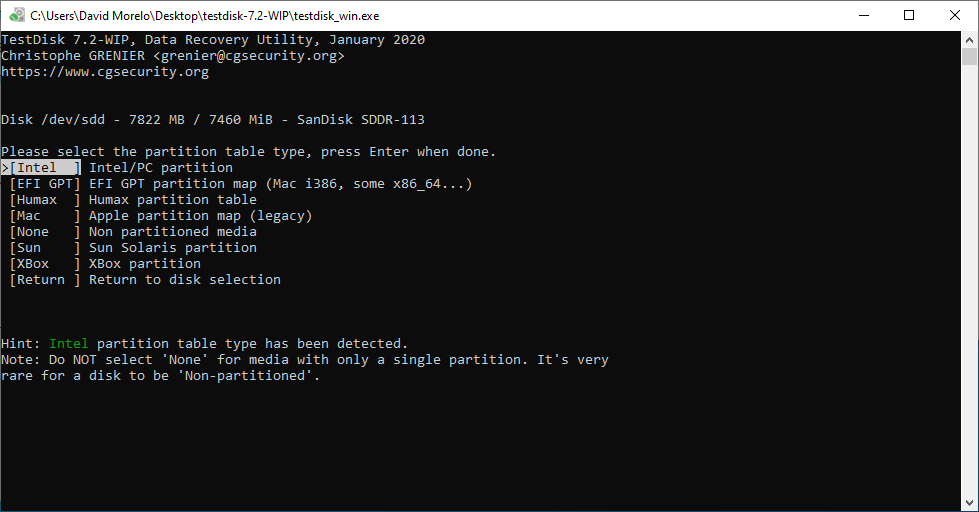
- Press Enter to analyze the current partition structure and search for lost partitions.
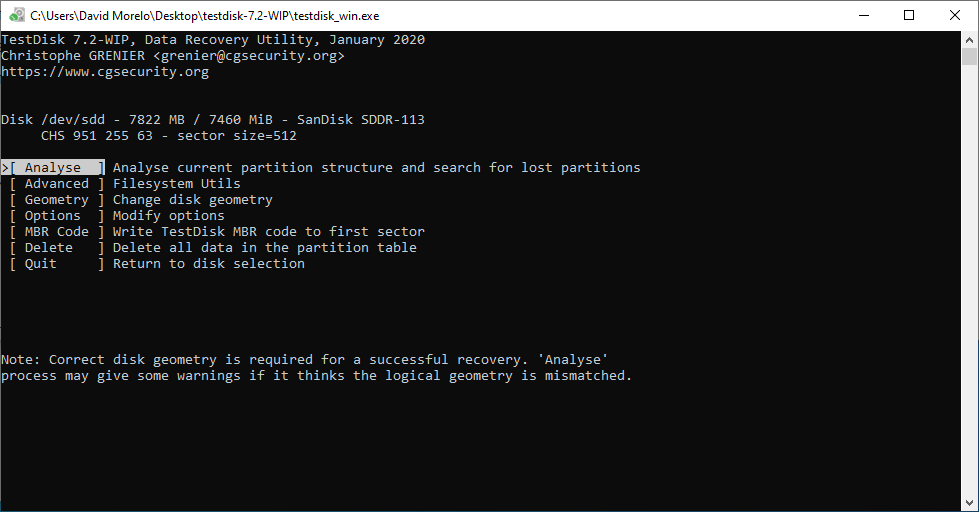
- Perform a Quick Search for the deleted partition.
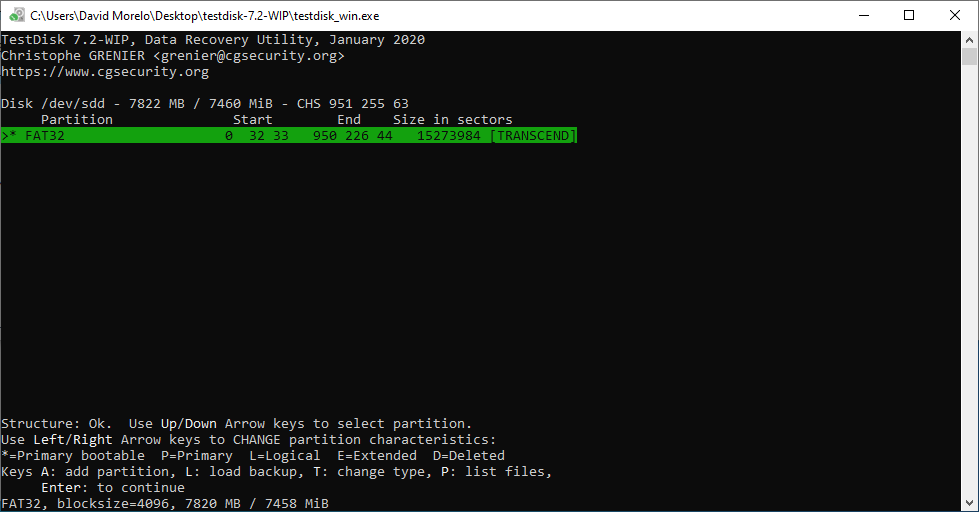
- (Optional) Perform a Deeper Search to find deleted partitions that Quick Search wasn’t able to recover.

- Write the new partition structure.

Fix 2:Format Partition
Formatting to fix a RAW partition is a straightforward method that’s most suitable for users who don’t have important data on the partition or have already backed it up. This process involves using built-in disk management tools to reformat the partition, making it accessible again:
- Press Win + X on your keyboard and select the Disk Management tool.
- Locate the RAW partition you wish to format.
- Right-click on the RAW partition and choose the New Simple Volume option.
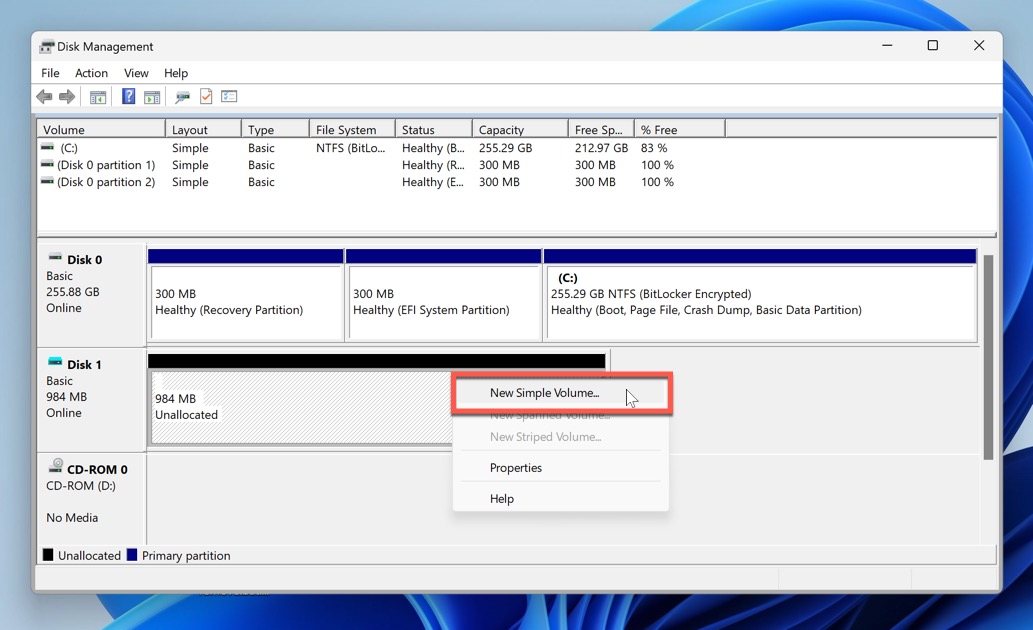
- Go through the new volume creation wizard and select a suitable file system for the partition (NTFS in most cases).

- Click the Finish button to close the wizard. Your RAW partition should be accessible again.
Fix 3:Force Format Partition in Diskpart
The Force Format method in Diskpart is more advanced and is best suited for those who are comfortable using command-line interfaces. This approach offers a way to forcefully format a stubborn RAW partition, but caution is advised as something as simple as entering the wrong disk or partition number can cause you to lose valuable data:
- Press Win + X on your keyboard and select Command Prompt (Admin) or Windows Terminal (Admin).
- Type
diskpartand press Enter to launch the Diskpart utility. - Type the
list diskcommand to see all connected disks. Remember the number next to the disk on which your RAW partition is located. - Select the disk with your RAW partition using the
select disk Xcommand (replace X with the actual number assigned to your disk).
- Type
list partitionand press Enter to display the partitions on the selected disk. Identify your RAW partition and remember its number. If diskpart displays the “There are no partitions on this disk to show” message, then your disk doesn’t contain any because you’re essentially dealing with an uninitialized or corrupted disk. In such cases, you first need to initialize the disk or create a new partition before you can format it. Please check the note below for instructions on how to do so. - Type
select partition Y(where Y is the partition number) and press Enter. - Type
format fs=NTFS quick(for NTFS) orformat fs=exFAT quick(for exFAT) and press Enter to force format the RAW partition.
- Type
exitand press Enter to close the Diskpart utility once the process is complete.
To initialize a disk that has no partitions on it, you need to:
- Press Win + X on your keyboard and select the Disk Management tool.
- Locate the disk that’s not initialized and right-click on its name in the bottom section.
- Select the Initialize Disk option, choose a partition table style (GPT is a good choice), and click OK.
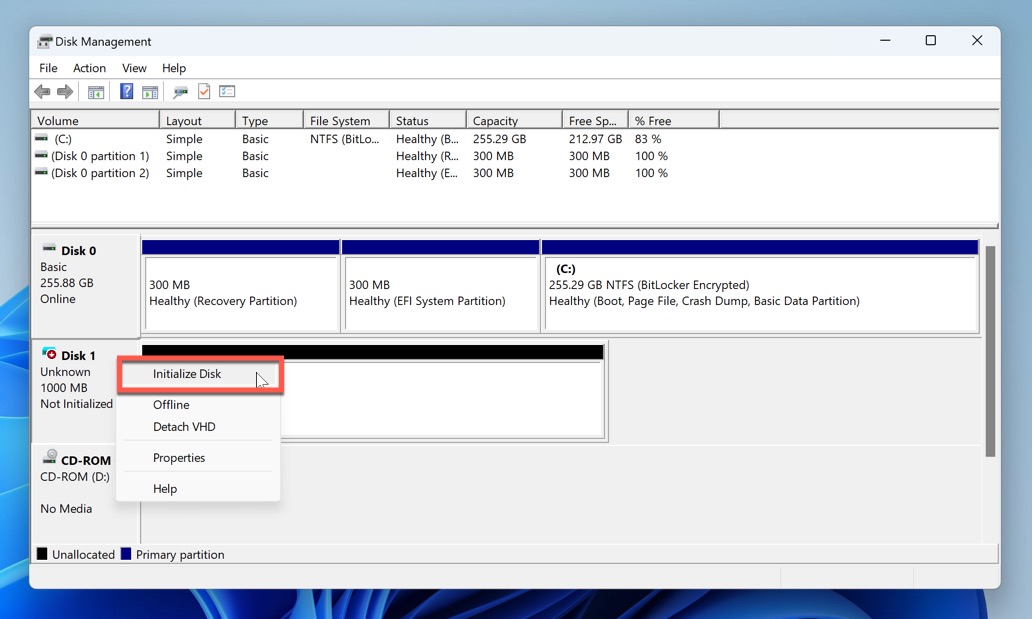
Conclusion
With the right knowledge and tools, it’s possible to recover data even from a RAW hard drive. In this article, we’ve demonstrated how to achieve this goal with the help of user-friendly software like Disk Drill, command-line tools like TestDisk, and professional data recovery services. Each option comes with its own set of pros and cons, influenced by your technical expertise, budget, and the value you place on the lost data. So, assess your situation carefully and choose the path that best aligns with your needs.

